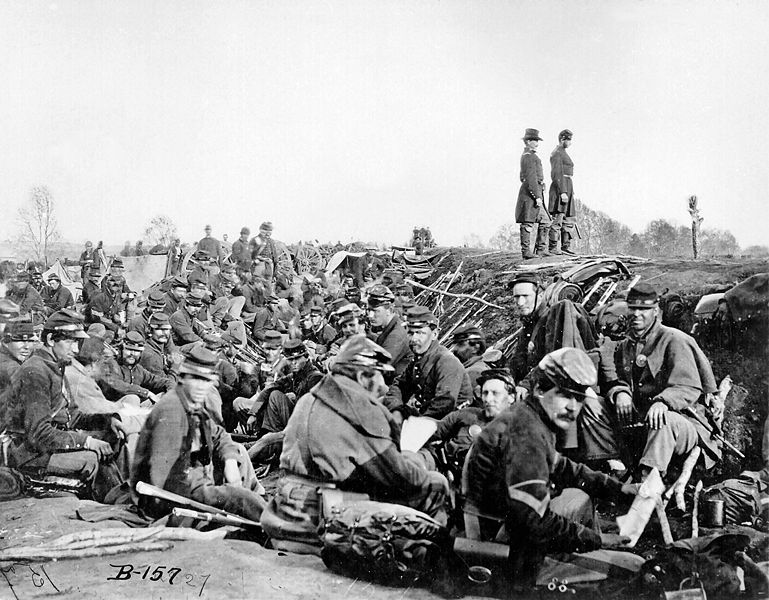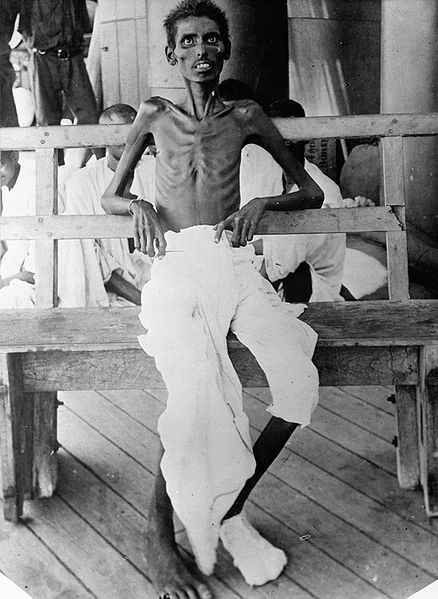 |
The castles that in earlier years had been
formidable obstacles were easily breached by the new weapons. For example,
in Spain, the newly equipped army of Ferdinand and Isabella was able to
conquer Moorish strongholds in Granada in 1482–92 that had held out for
centuries before the invention of cannons.
In the early 15th century, Italian architect
Leon Battista Alberti wrote a treatise entitled De Re aedificatoria which
theorized methods of building fortifications capable of withstanding the
new guns. He proposed that walls be "built in uneven lines, like the teeth
of a saw." He proposed star-shaped fortresses with low thick walls.
|
|
|
|
| The Blitzkrieg of the Second World War truly
showed that fixed fortifications are easily defeated by maneuver instead
of frontal assault or long sieges. The great Maginot Line was bypassed
and battles that would have taken weeks of siege could now be avoided with
the careful application of air power (such as the German paratrooper capture
of Fort Eben-Emael, Belgium, early in World War II).
The most important siege was the Siege of Leningrad, that lasted over 29 months, about half of the duration of the entire Second World War. Along with the Battle of Stalingrad, the Siege of Leningrad on the Eastern Front was the deadliest siege of a city in history. In the west, apart from the Battle of the Atlantic the sieges were not on the same scale as those on the European Eastern front; however, there were several notable or critical sieges: the island of Malta, for which the population won the George Cross, Tobruk and Monte Cassino. In the South-East Asian Theatre there was the siege of Singapore and in the Burma Campaign sieges of Myitkyina, the Admin Box and the Battle of the Tennis Court which was the high-water mark for the Japanese advance into India. |
 |
|
|
|
|
|
|